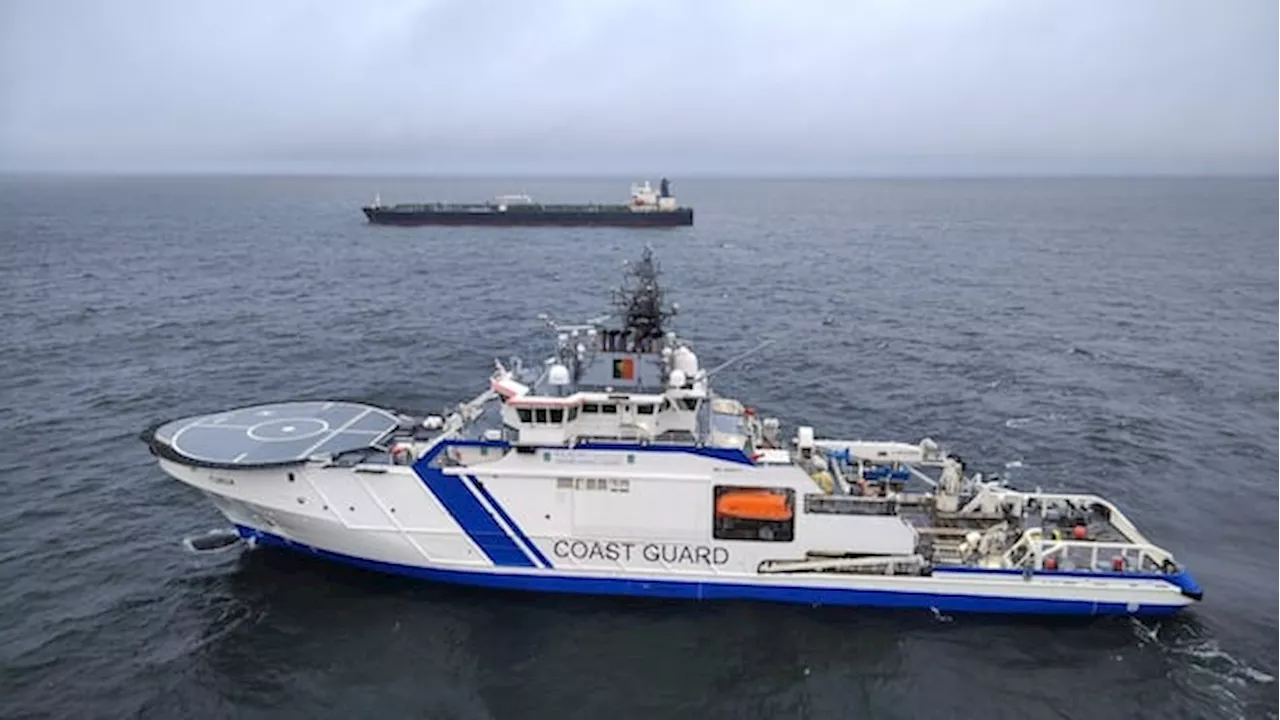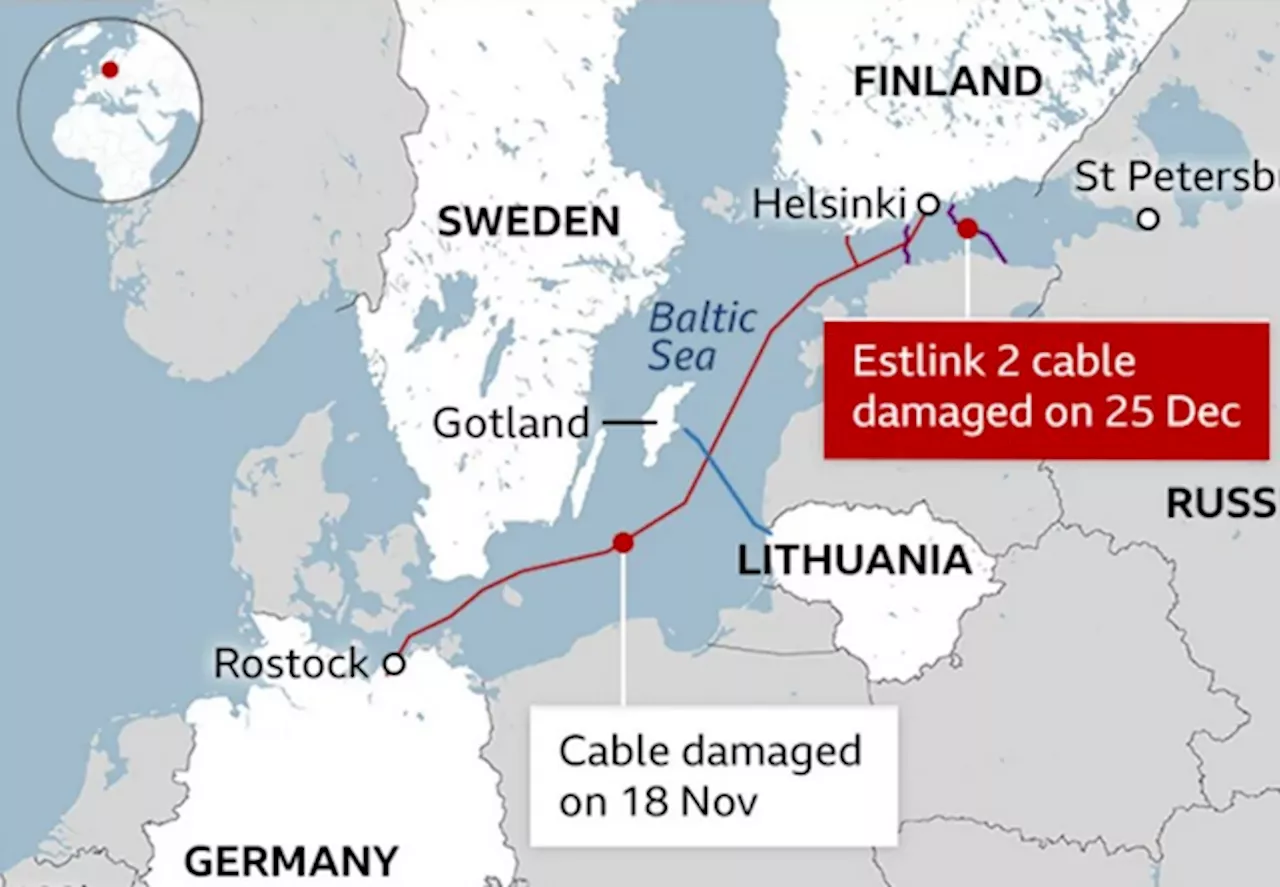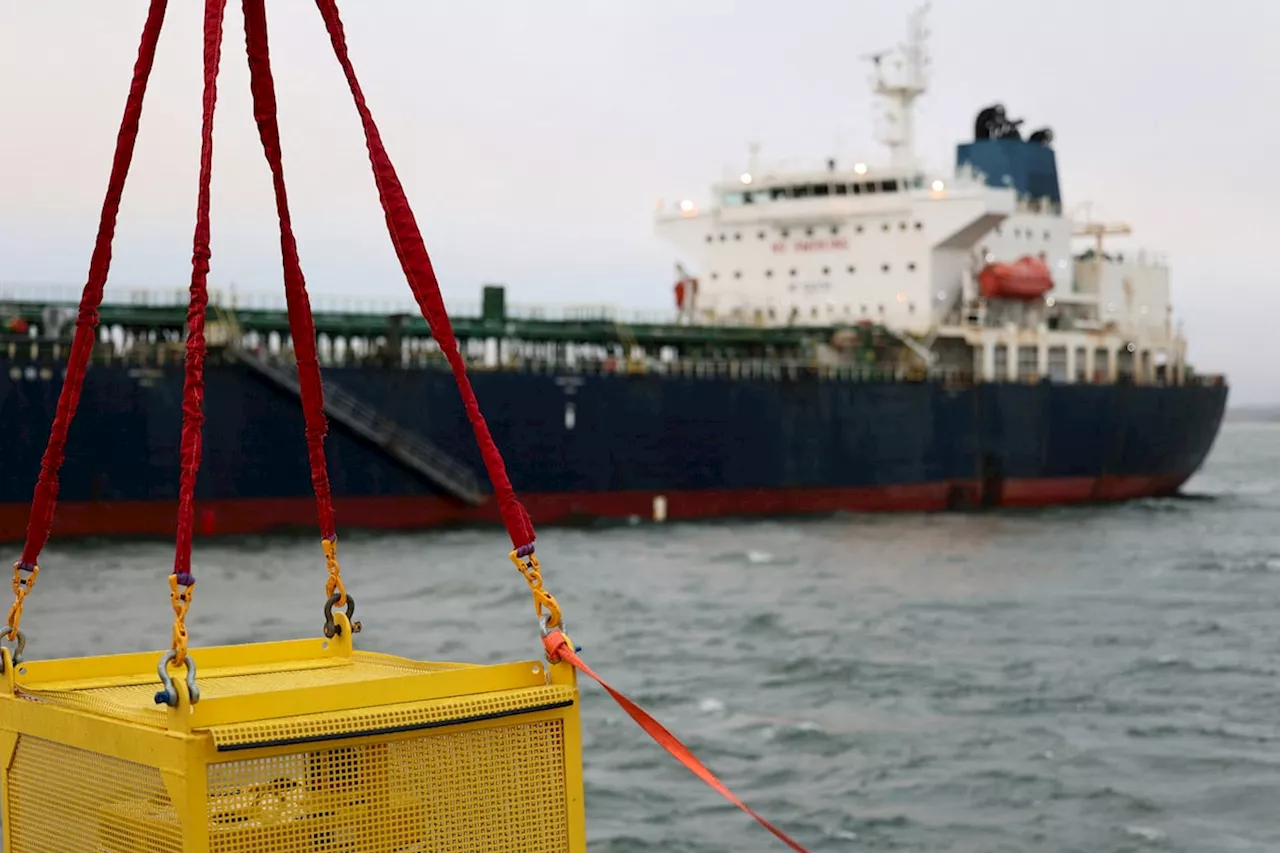NATO Secretary-General Mark Rutte announced the launch of the Baltic Sentry mission, a new operation to safeguard critical undersea cables in the Baltic Sea region. The mission, aimed at deterring potential threats and responding to incidents, will involve a range of assets, including frigates, maritime patrol aircraft, and naval drones. The move comes amid heightened concerns about Russian activities in the Baltic Sea, following a series of incidents and reports of Russian vessels near critical infrastructure.
NATO Secretary-General Mark Rutte announced Tuesday that the alliance is launching a new mission to protect undersea cables in the Baltic Sea region. Rutte said at a meeting in Helsinki with the leaders of NATO countries located on the Baltic Sea that the effort would be dubbed Baltic Sentry. It will involve a range of assets, including frigates and maritime patrol aircraft, among others, and will enhance our vigilance in the Baltic, Rutte told reporters.
He also said that a small fleet of naval drones will be deployed to provide enhanced surveillance and deterrence. The meeting follows a string of incidents in the Baltic that have heightened concerns about possible Russian activities in the region. Even as Rutte was meeting in Helsinki with the leaders of eight Baltic nations, there were reports on the Polish state broadcaster TVP that a ship belonging to Russia's 'shadow fleet' was seen circling a natural gas pipeline that runs from Norway to Poland. Finland President Alexander Stubb said the issue had been discussed at the meeting without giving details. The meeting included leaders from Finland, Germany, Poland, Denmark, Sweden, Latvia, Lithuania and Estonia. Announcing the new operation, Rutte noted that more than 95% of internet traffic is secured via undersea cables, and 1.3 million kilometers (808,000 miles) of cables guarantee an estimated $10 trillion worth of financial transactions every day. Across the alliance, we have seen elements of a campaign to destabilize our societies through cyberattacks, assassination attempts and sabotage, including possible sabotage of undersea cables in the Baltic Sea, he said. Rutte said NATO’s adversaries must know that the alliance will not accept attacks on its critical infrastructure, underlining that we will do everything in our power to make sure that we fight back, that we are able to see what is happening and then take the next steps to make sure that that doesn’t happen again. Pressed for details about what the operation might involve, Rutte declined to provide ship numbers, saying that the figure could vary week to week, and we don’t want to make the enemy, any wiser than he or she is already. We will make use of the full range of possibilities we as an alliance have, he said, including remotely operated vehicles and drones. Chancellor Olaf Scholz said in separate remarks to reporters that Germany will participate in the Baltic Sentry mission. Asked whether that means Germany will contribute ships or surveillance planes and whether he made a specific offer, he replied: We will participate with everything we have in the way of naval capabilities; that will vary, as far as the concrete possibilities of deployment are concerned.
NATO Baltic Sea Undersea Cables Russia Security Baltic Sentry Mission
Canada Latest News, Canada Headlines
Similar News:You can also read news stories similar to this one that we have collected from other news sources.
 NATO to Increase Baltic Sea Presence After Suspected SabotageFollowing suspected sabotage of an undersea power cable and internet lines, NATO will bolster its military presence in the Baltic Sea. Finland, suspecting a Russian oil tanker caused the outage, seized the vessel and requested NATO support.
NATO to Increase Baltic Sea Presence After Suspected SabotageFollowing suspected sabotage of an undersea power cable and internet lines, NATO will bolster its military presence in the Baltic Sea. Finland, suspecting a Russian oil tanker caused the outage, seized the vessel and requested NATO support.
Read more »
 NATO to Increase Baltic Sea Patrols Amid Suspected SabotageFinnish authorities are investigating a possible Russian sabotage of undersea cables in the Baltic Sea. NATO Secretary General Mark Rutte announced increased patrols in the region as a response.
NATO to Increase Baltic Sea Patrols Amid Suspected SabotageFinnish authorities are investigating a possible Russian sabotage of undersea cables in the Baltic Sea. NATO Secretary General Mark Rutte announced increased patrols in the region as a response.
Read more »
 NATO Increases Baltic Sea Patrols After Possible Sabotage of Undersea CablesFollowing a series of incidents involving damaged or severed undersea cables in the Baltic Sea, NATO is increasing its patrols. The latest incident involved the Estlink 2 power cable connecting Finland and Estonia, which experienced an outage on Christmas Day. Authorities suspect that the anchor of a tanker, the Eagle S, may have damaged the cable. The vessel is believed to be part of Russia’s “shadow fleet”, which transports embargoed Russian oil products. China is also facing scrutiny for allegedly blocking an investigation into a Chinese-flagged bulk carrier suspected of damaging communication cables in November.
NATO Increases Baltic Sea Patrols After Possible Sabotage of Undersea CablesFollowing a series of incidents involving damaged or severed undersea cables in the Baltic Sea, NATO is increasing its patrols. The latest incident involved the Estlink 2 power cable connecting Finland and Estonia, which experienced an outage on Christmas Day. Authorities suspect that the anchor of a tanker, the Eagle S, may have damaged the cable. The vessel is believed to be part of Russia’s “shadow fleet”, which transports embargoed Russian oil products. China is also facing scrutiny for allegedly blocking an investigation into a Chinese-flagged bulk carrier suspected of damaging communication cables in November.
Read more »
 Suspected Russian Oil Tanker Linked to Baltic Sea Cable DamageFinnish authorities have impounded a tanker suspected of damaging critical infrastructure in the Baltic Sea, including a power cable linking Finland and Estonia. The incident raises concerns about potential sabotage and the impact on energy security in the region.
Suspected Russian Oil Tanker Linked to Baltic Sea Cable DamageFinnish authorities have impounded a tanker suspected of damaging critical infrastructure in the Baltic Sea, including a power cable linking Finland and Estonia. The incident raises concerns about potential sabotage and the impact on energy security in the region.
Read more »
 Finland stops Russia-linked vessel over damaged undersea power cable in Baltic SeaFinnish authorities detained a ship linked to neighboring Russia as they investigate whether it damaged a Baltic Sea power cable and several data cables, police said, in the latest incident involving disruption of key infrastructure.
Finland stops Russia-linked vessel over damaged undersea power cable in Baltic SeaFinnish authorities detained a ship linked to neighboring Russia as they investigate whether it damaged a Baltic Sea power cable and several data cables, police said, in the latest incident involving disruption of key infrastructure.
Read more »
 Baltic Sea Power Cable Suffers Outage, Sparking InvestigationA power cable connecting Finland and Estonia experienced an unexpected outage, prompting immediate investigations by Finnish authorities. While the incident will not impact Finland's electricity supply, concerns about undersea infrastructure security have been heightened following recent data cable severances in the Baltic Sea.
Baltic Sea Power Cable Suffers Outage, Sparking InvestigationA power cable connecting Finland and Estonia experienced an unexpected outage, prompting immediate investigations by Finnish authorities. While the incident will not impact Finland's electricity supply, concerns about undersea infrastructure security have been heightened following recent data cable severances in the Baltic Sea.
Read more »
